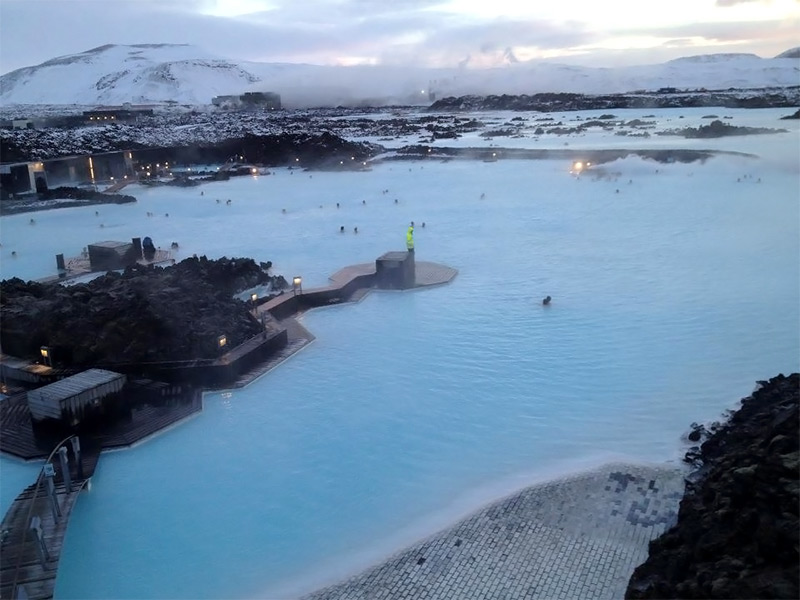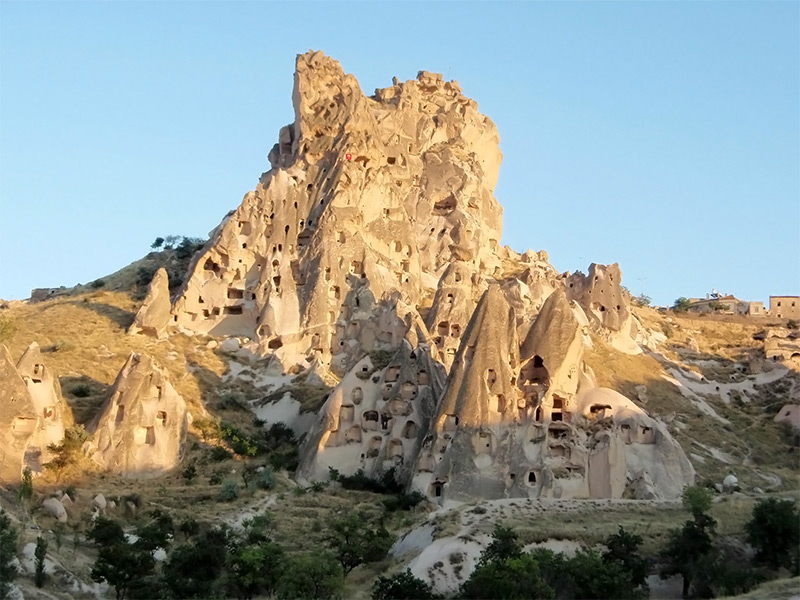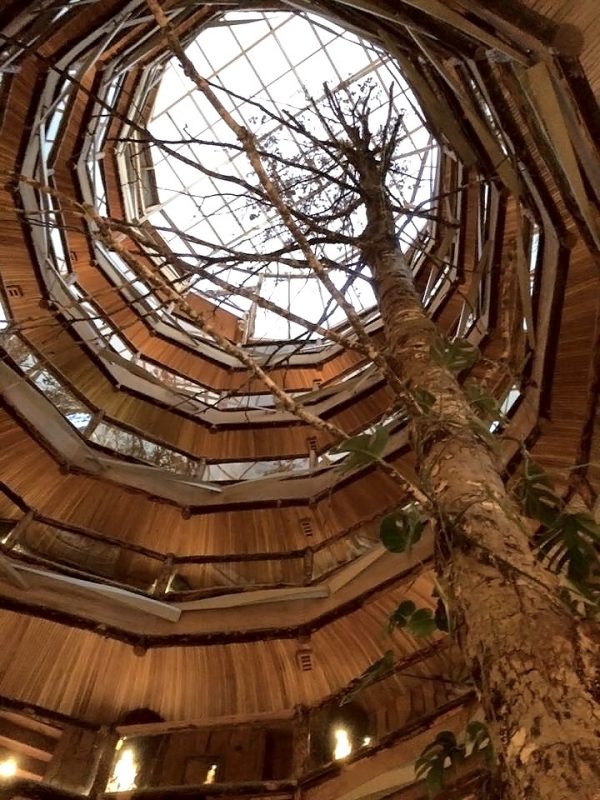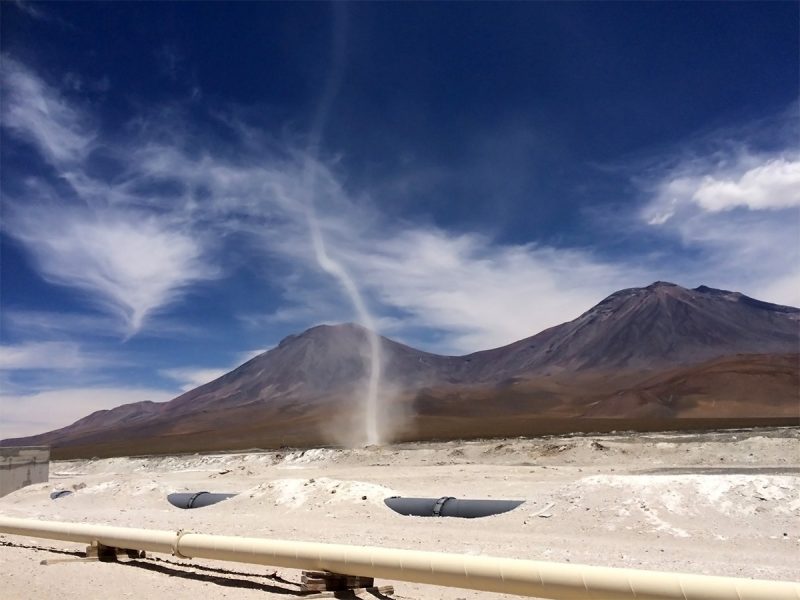
Traditional bacteriology has developed based on Koch’s principles, a reductionist approach. However, in practice, many infections are caused by a microbial complex involving multiple microorganism species limiting the reductionist approach. There are rare cases whose origin and chronicity of infections are clear. To counteract this problem, we are conducting research based on the following four concepts of microbial ecology.
(1) It is obvious that bacteria in the natural environment involving humans cannot be cultivatable.
It has been challenging to determine the number and spatial arrangement of specific pathogenic bacteria (whether they are in biofilm or suspension) with specific genes using fluorescent proteins requiring genetic modification such as GFP. Therefore, we developed a non-invasive method to simultaneously visualize specific genes and bacterial species at the single cell level to reveal the distribution of pathogenic bacteria. We have shown that the dynamics of pathogenic genes in the environment is more diverse than ever thought.
(2) Same bacterial species can have different genotypes depending on their habitat.
We analyzed the genomic information of cholera isolates from various environmental waters worldwide, including Southeast Asia. The results revealed novel strains in the environment: These strains contain the phage regions involving important information on pathogenicity, and their genome structures are significantly different from those in previous clinical isolates. Given that most of the information on pathogenic bacteria has been accumulated through clinical isolates, there is limited information on the genomic and genetic diversities in strains derived from the natural environment.
(3) Phenotypes can greatly vary in the same bacterial species depending on the physiological state.
It is often difficult to isolate pathogenic species from the environment, even if the target is human pathogenic species, such as E. coli and V. cholera. We examined the retention rate of group A streptococci, a human-specific pathogenic bacterium, in healthy volunteers based on this knowledge. We found that the positive rate of group A streptococcus in culture was about 3% (equivalent to the rate reported previously), but 98% of healthy volunteers harbored the organism in non-culture methods. In other words, we have found a phenomenon that does not fit the conventional idea of bacteriology.
4) Interspecies interactions exist, and the interactions vary with the pathology.
Periodontal disease, an infection caused by multiple bacterial species, always contains three bacterial species called red complexes. However, the mechanism of their coexistence has been unclear. Also, peri-implantitis disease has a similar bacterial community structure to periodontal disease but do not often respond to the same treatment. Therefore, we have conducted a comparative genomic analysis of the bacterial community structure of periodontal disease and peri-implantitis. We used metagenomic and metatranscriptomic analysis and multiple correlation analysis (antibiotic administration, male and female difference). The results showed that red-complex bacterial species are competitively related to each other and cooperate in complementary metabolic pathways and pathogenic factors. Additionally, the following was found: The red-complex constituent species are not always found in peri-implantitis. The constituent species are different from those in periodontal disease, and the coexistence and exclusion relationships are different. The influence of periodontal pocket depth (anaerobic degree) determines the interrelationships among bacteria.
Current and future studies
(1)Development of drug resistance gene pools and their dynamics, and development of a method for the disruption of gene transmission based on One Health
The spread of drug-resistant bacteria, a severe problem in developing countries, is due to the horizontal spread of resistance genes. Some recent studies showed that virulence adaptive polymorphisms are present in environmental bacterial populations before the emergence of virulent clones. To elucidate the mechanism of horizontal gene transmission, we are studying based on the hypothesis that polymorphism in genes involved in antibiotic resistance, including a group of genes involved in the horizontal gene transmission mechanism, exist in the natural bacterial genome. As the hypothesis is supported by comparative genome analysis, we will experimentally demonstrate the mechanism of action using antacid bacilli, including tuberculosis, Vibrio spp., and cholera. We will also develop a simple detection kit to search for the regions that drug-resistant bacteria have emerged.
(2)Development of a basis for risk assessment of emerging urban infectious diseases

In recent years, new bacterial infections have emerged in the living environment (bathrooms) in developed countries with good sanitary conditions. These infections are not detected in developing countries partly due to limited diagnostic technologies. By focusing on the non-tuberculous mycobacteriosis, which is attracting worldwide attention, we will achieve the following; 1) Aim to establish a basis for risk assessment of this infectious disease in developing countries in the living environment, using metagenomic analysis. 2) Create a new concept of “home probiotics” as a countermeasure (for example, spraying competing bacteria for the pathogenic bacteria discovered by microbial network analysis). To do so, we will comprehensively isolate bacteria by novel approaches in the living environment and establish the world’s first home microbe collection.
(3)Community development with good hygiene, safe and secure housing environment
Microorganisms in the living environment are generally cleaned as “dirt” and are subject to suppression before spreading. However, in recent years, the diversity of microorganisms (floating viruses, bacteria, fungi, pollen) in bioaerosols in the living environment has changed due to having pets, foliage plants, and rugs in the same living environment. Allergies and asthma have been reported to decrease in such environronments. Our laboratory proposes a new standard named H’OME based on “microbial diversity” and “type and amount of aerosol pathogenic microorganisms” to evaluate the air quality of living and workspaces to live with those microorganisms in the air.
This research is a part of the project “Center for Holobiome and Built Environment (CHOBE)” of the University Project Research Center (https://www.hiroshima-u.ac.jp/prc). We are looking for collaborators.

Collaboration with Chile in South America (SATREPS-MACH)

For five years from 2018, we are the representative researchers of the Japan International Cooperation Agency for Science and Technology Cooperation (SATREPS) supported by JST / JICA together with the Chilean counterpart (plus multiple ministries and private organizations). We are strengthening our cooperation with them (https://mge.hiroshima-u.ac.jp/SATREPS_MACH/en/). This program studies crucial issues in environmental, genetic ecology, and bacteriology, specifically environmental dynamics of pathogenic bacteria in Chile’s farming environment and the tropical and subtropical areas. As urgently discussed at the Ise-Island Summit in 2016, we are working together with industries, government, academia, and citizens to tackle the problem of antibiotic-resistant bacteria. We will focus on the following: The project will enable citizens to look at the forecast online. The data will be collected together by citizens and us and will be uploaded to the data center to improve forecasts’ accuracy. We will continue to develop a rapid genetic testing system using the suitcase lab. We will educate citizens on how to use the suitcase lab to perform testing on their own, upload results online, and have them contribute to the sophistication and distribution of predictions. Also, we plan to use on-site microbial advanced analysis using a microbus-sized movable experimental system that incorporates advanced experimental equipment that is also being jointly developed with a company for the training of local experts.

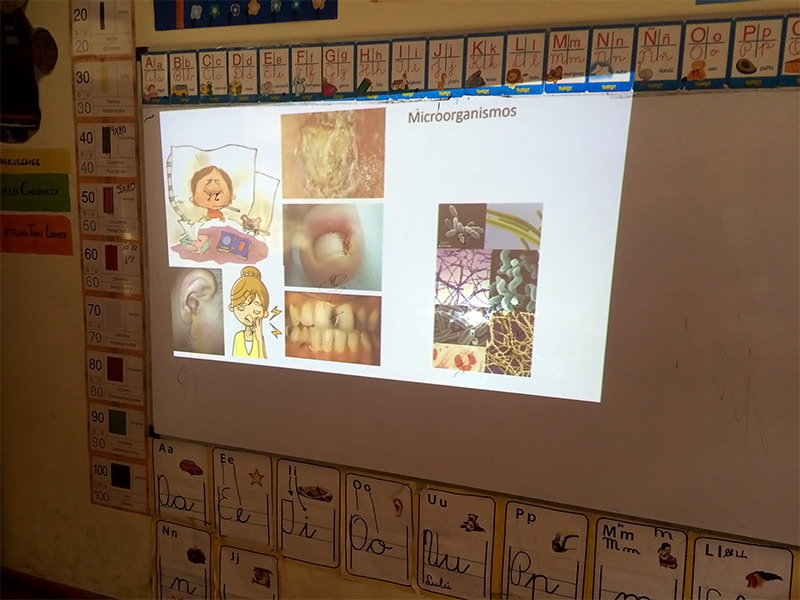
Microbial education at a local (Chilean) elementary school
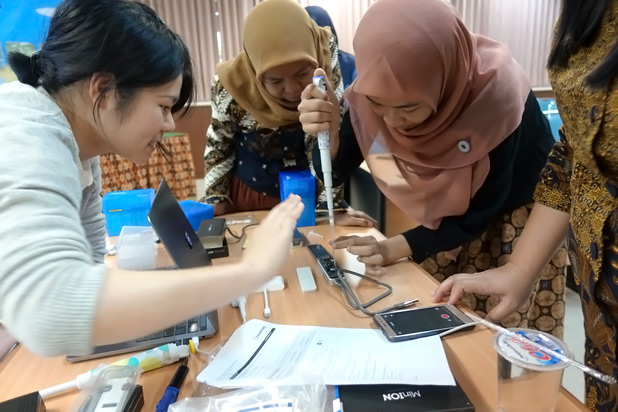
We are conducting genomic epidemiological research on mycobacteriosis, which is important worldwide, including Southeast Asia. We are also conducting environmental, genetic ecological research on virulence factors in collaboration with the local universities. In particular, at Airlangga University in Surabaya, Indonesia, which has the second-largest number of tuberculosis patients globally, we are providing microbiota analysis lectures and practical training using an on-site experimental system. Our laboratory accepts multiple students from Southeast Asia and published co-authored papers. We have also welcomed researchers and students from Uganda, Thailand, Vietnam, Chile, Brazil, Europe, and the United States. In the meantime, we provide Japanese doctoral students and young investigators with opportunities to interact with researchers globally (currently, postdocs from Japan are staying in Chile for ten months each year for the SATREPS project). We will continue to offer our students or postdocs an international environment to improve a research carrier.
In the prevention, treatment, control, and eradication of infectious diseases, it is essential to know the pathogen’s ecology, individual genetic information, physiology, and the environment, including humans and other organisms’ community. It is always necessary to be aware of human behavior and understand local cultures, such as the lifestyle and history of humans and infectious diseases. Therefore, by closely collaborating with local researchers, we will carry out more comprehensive interdisciplinary joint research and education to help you develop disciplined leaders who can solve public health issues beyond the border.
To understand microbial dynamics in the natural environment, we are collecting samples from various locations.
